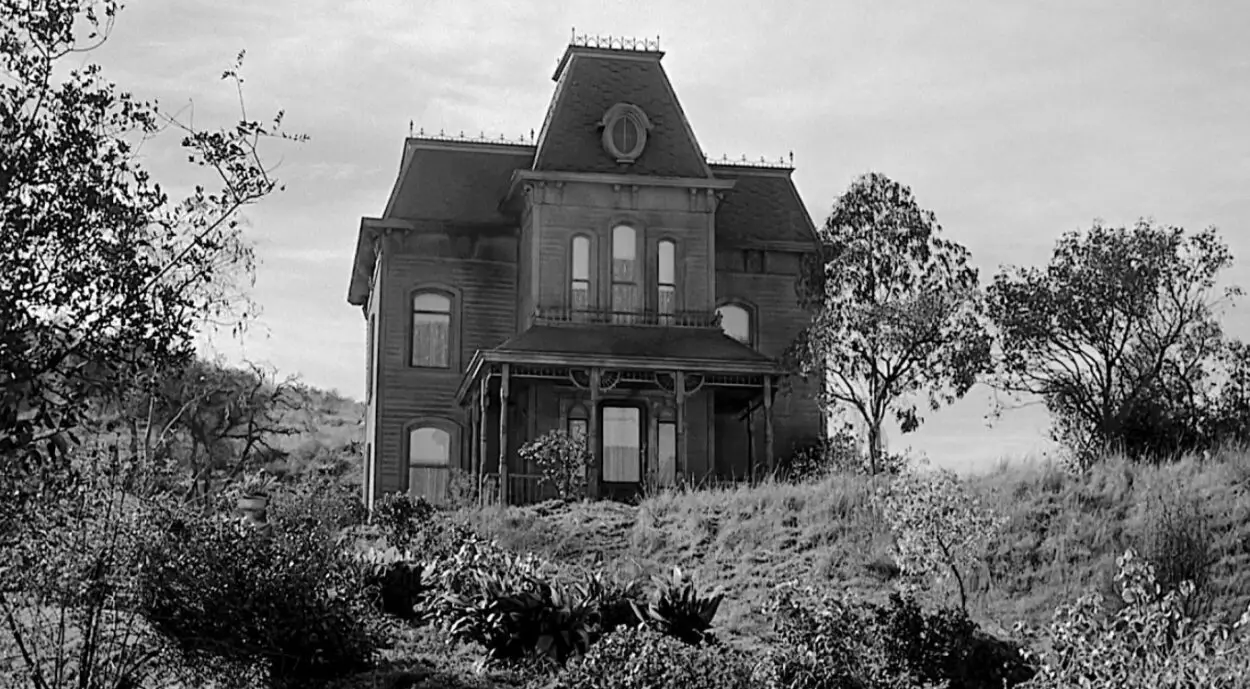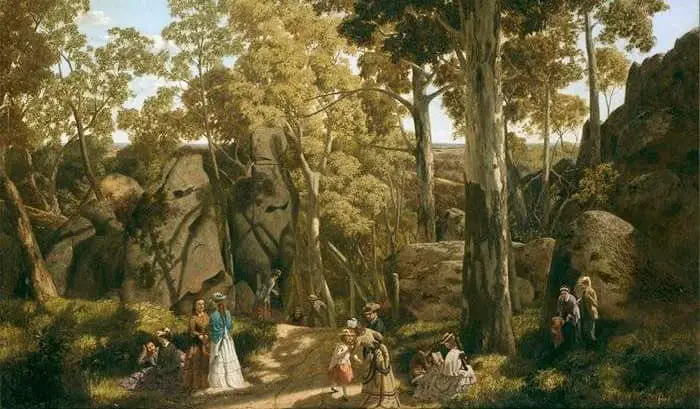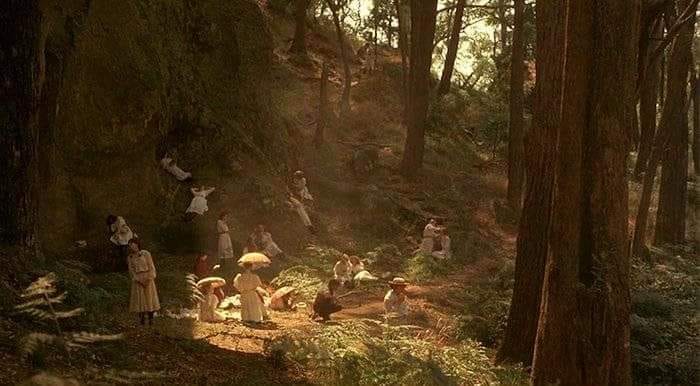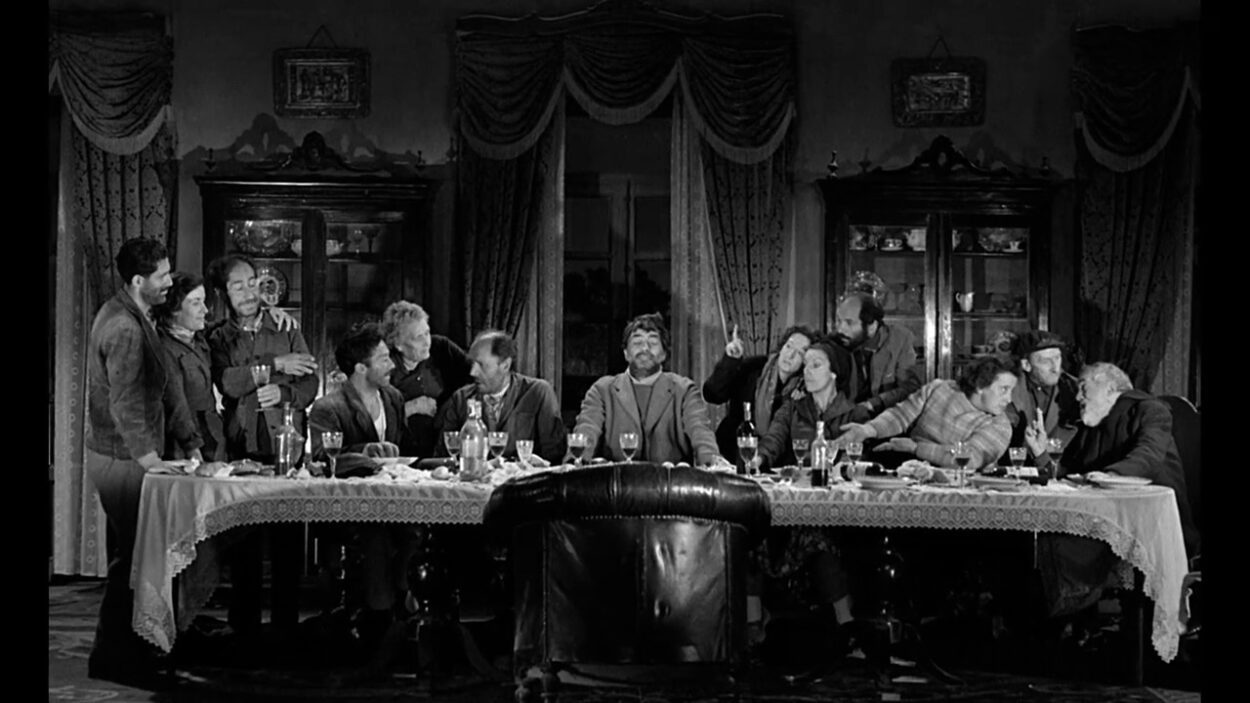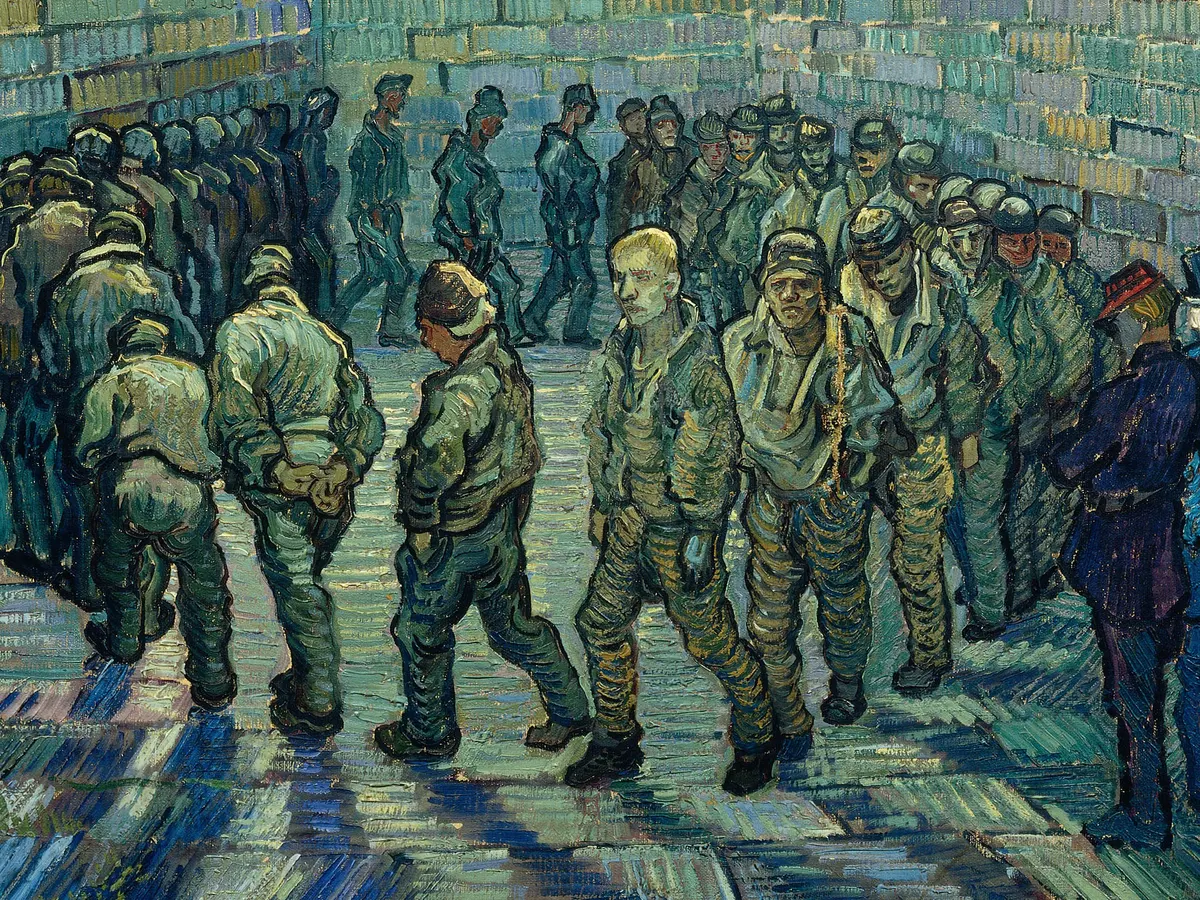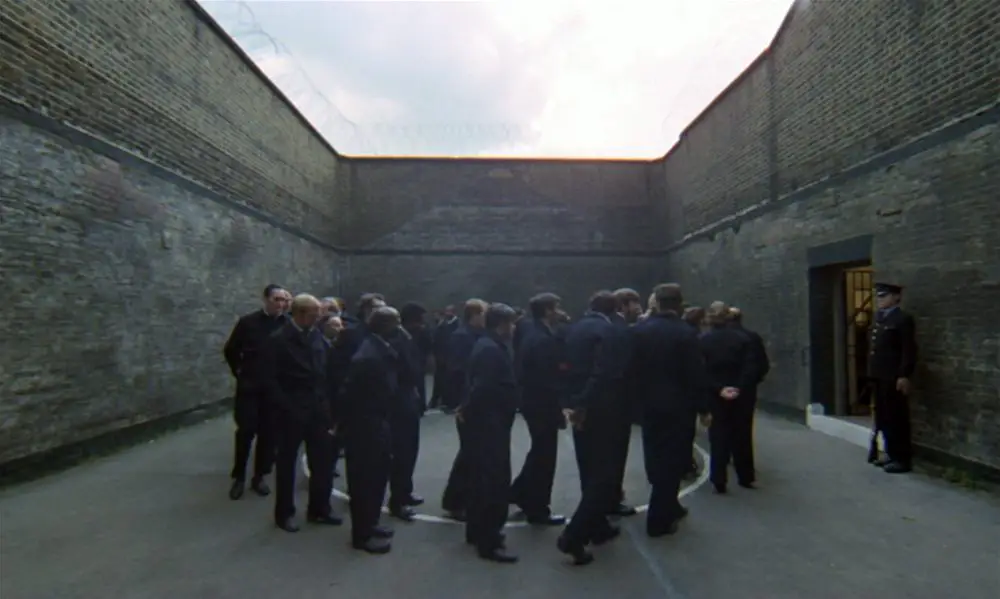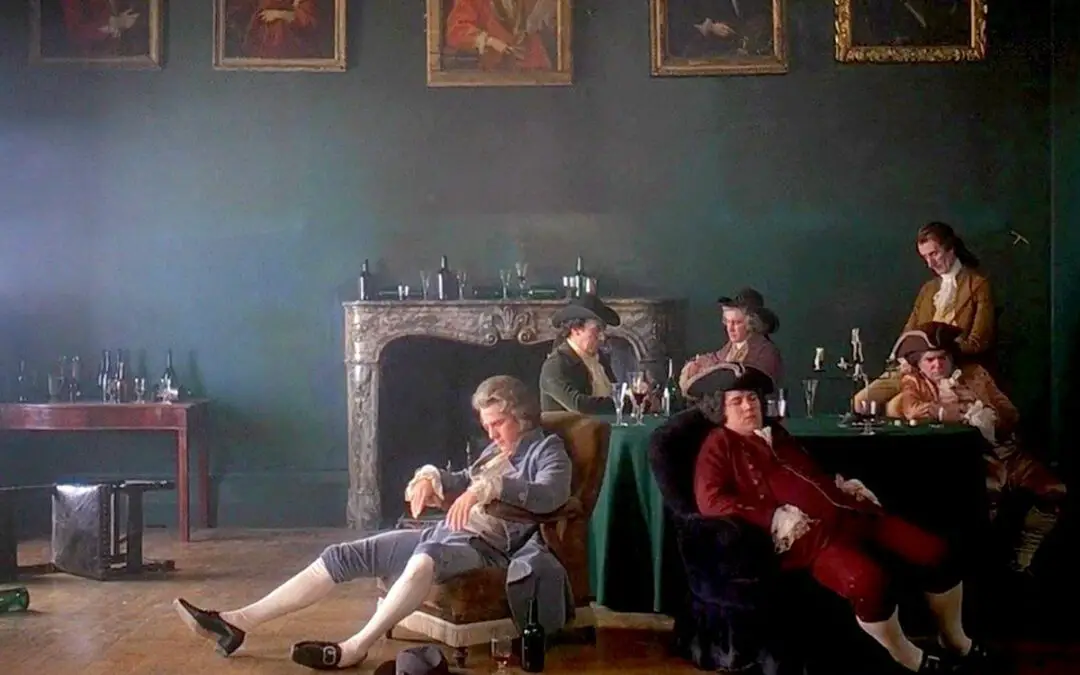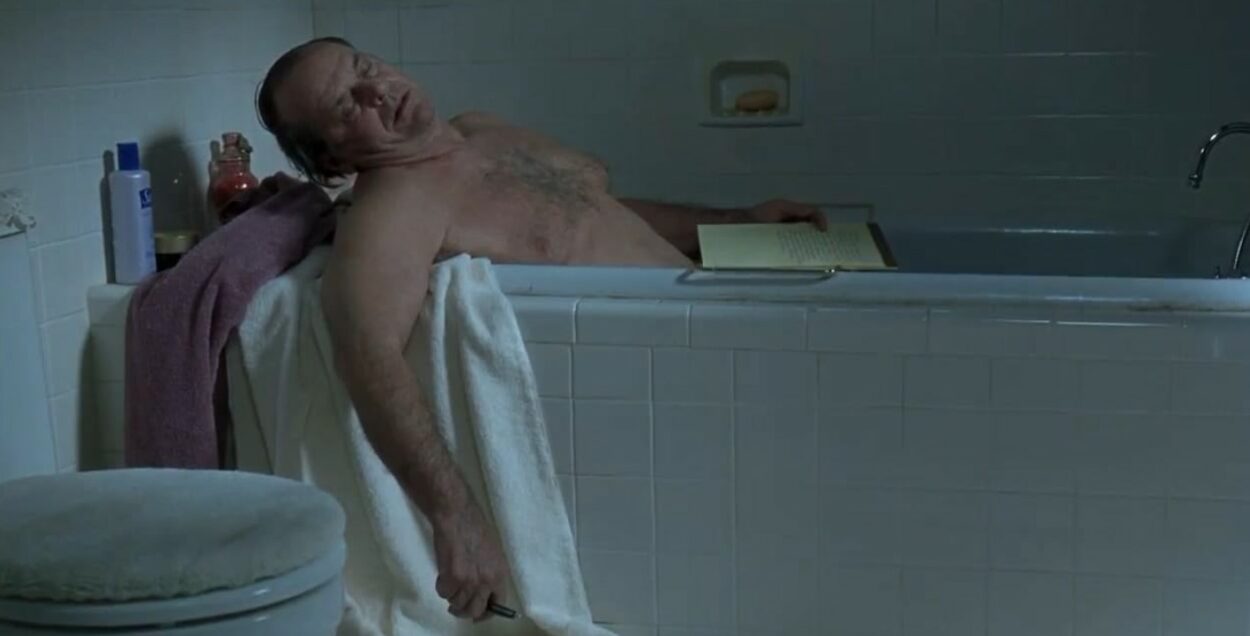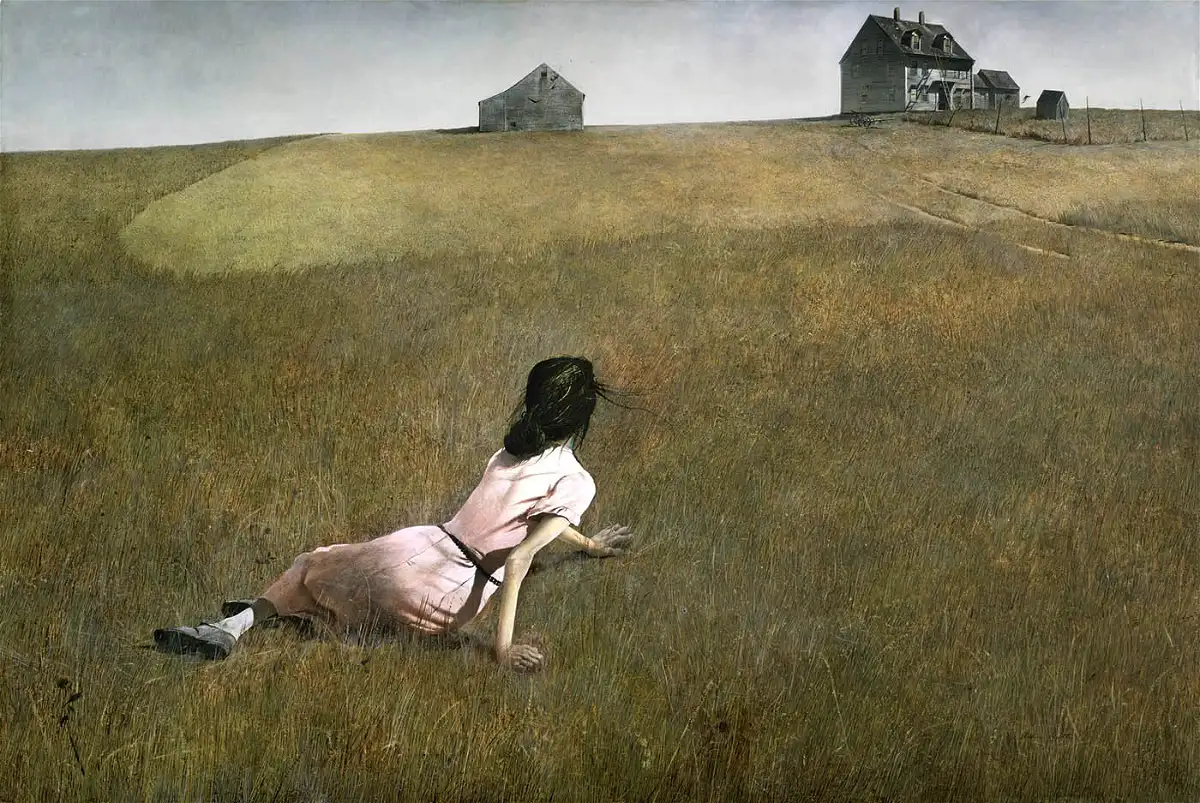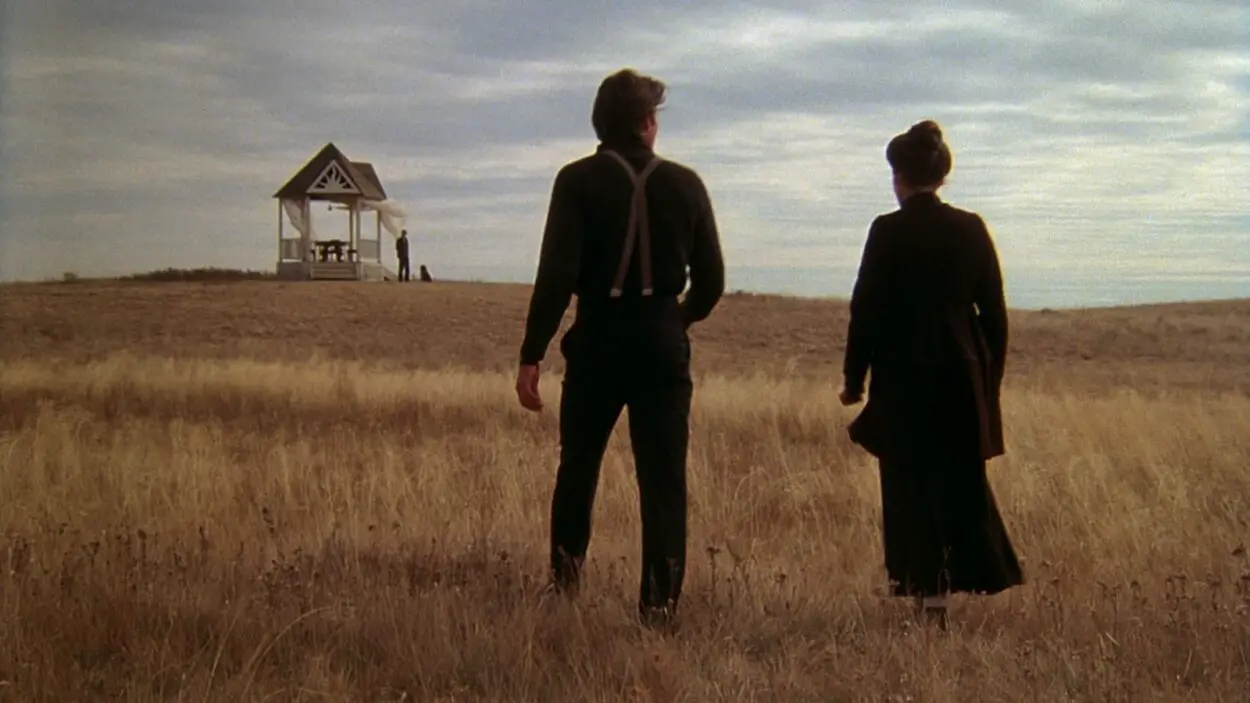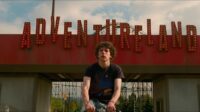Film-makers have always drawn inspiration from art, alongside literature and music. Whether coming up with an idea, designing aesthetics and style, detailing the life of an artist or just incorporating certain paintings in films, there is no limit to the extent of inspiration provided by the world of art. The Scream film franchise was inspired by Edvard Munch’s 1893 masterpiece of the same name, Fritz Lang was inspired by the Art Deco movement and the Bauhaus school to create his sci-fi masterpiece Metropolis, French director Jean Renoir drew inspiration from the paintings of his father, artist Pierre-Auguste Renoir, and most films of Andrei Tarkovsky contain numerous art reference (also later clearly followed by Lars von Trier in Melancholia). It is no surprise then that the most creative and visually-intriguing directors out there are or were also artists, including Akira Kurosawa, David Lynch, Steve McQueen, Peter Greenaway and Kathryn Bigelow. Below are seven examples where film-makers were clearly inspired by notable artworks by such artists as Leonardo da Vinci, William Hogarth, Vincent Van Gogh and Edward Hopper.
House by the Railroad by Edward Hopper and Alfred Hitchcock’s Psycho
This is one of the best known paintings that inspired film. Alfred Hitchcock once said that if Norman Bates, the owner of the Bates’ Motel in film Psycho, were to be painted by anyone, it would have been Edward Hopper as this disturbing character is “a living Hopper painting”. Undeniably, Hitchcock’s idea for the Bates’ Motel in his film was inspired by Hopper’s painting. The house depicted by Hopper boasts a sophisticated Victorian architectural style which is then contrasted with its relative seclusion, making it strangely eerie, like the character of Norman Bates in Psycho. The Hopper house’s isolation, seeming inner claustrophobia and a sense of mystery is perfect for conveying Hitchcock’s distinctive vision in Psycho. Incidentally, this same painting by Hopper also served as a basis for a home for the Addams’ Family in the series and film of the same name, as well as inspired the architectural design of the family home in Tim Burton’s comedy-horror Beetlejuice.
At the Hanging Rock by William Ford and Peter Weir’s Picnic at Hanging Rock
Peter Weir’s eerily dreamy film Picnic at Hanging Rock is based on historical novel of the same name by Joan Lindsay, who, in turn, was inspired by the William Ford painting, as well as by her own dream, and took Ford painting’s title. The novel/film is about some boarding school girls’ excursion to see Hanging Rock in Victoria, Australia. Strange happenings follow as the girls settle in for their carefree picnic near the Hanging Rock sight. Russell Boyd’s exquisite cinematography mirrors Ford’s artwork, accurately conveying its texture, light and colours, while also possibly hinting at the mystery and horror to be uncovered beneath the idyllic setting.
The Last Supper by Leonardo da Vinci and Luis Buñuel’s Viridiana
There are many paintings out there that depict the Last Supper scene from the Bible, but none are as better known as Leonardo da Vinci’s mural The Last Supper that can be viewed in Santa Maria delle Grazie in Milan, Italy. The mural painting showing the Apostles and Jesus making his prophetic announcement is so striking (and famous) that it provided inspiration for numerous films and TV series, among which are Inherent Vice, Alien: Covenant and Murder on the Orient Express. Louis Buñuel’s usage of the painting’s composition in film Viridiana is one of the more vivid examples. The scene in question depicts homeless beggars arriving unexpectedly to Viridiana’s home, causing debauchery that culminates in a feast. The man in the centre of the ensemble is a blind vagrant, further emphasising the film’s idea of religion being cast aside by the common life’s hardship and mercilessness. It is a thought-provoking scene that lets you focus on each person in turn, without losing the connection to the general idea.
Prisoners Exercising by Vincent Van Gogh (after Gustave Doré) and Stanley Kubrick’s A Clockwork Orange
Inspired by Gustave Doré’s engraving, Vincent Van Gogh painted Prisoners Exercising while in asylum in Saint-Remy, being depressed and going through a particularly difficult life period. The artwork shows prisoners circling an enclosed courtyard. This striking image was used by Stanley Kubrick to depict a scene in film adaptation A Clockwork Orange where we see the prisoners going around in a circle in an exercise yard after Alex had talks with a priest. Van Gogh’s imagery fits perfectly into the depressive, dystopian mood envisaged by Kubrick for his film. Such films as Lust for Life, Loving Vincent, At Eternity’s Gate, Midnight in Paris and Dreams also either explore the life of the artist or pay tribute to him.
The Tête à Tête (Marriage A-la-Mode) by William Hogarth and Stanley Kubrick’s Barry Lyndon
Stanley Kubrick was known for drawing his ideas from the reserves of world literature, music, art and photography, so it is little wonder that another of his films lands on this list. Yet another painting that inspired a film and the legendary film-maker is William Hogarth’s The Tête à Tête from the Marriage A-la-Mode series. Hogarth’s vision was imitated in the Barry Lyndon scene depicted above, which seemingly re-creates the European painting of the 18th century. The film itself showcases beautiful candle-lit interiors and expansive exteriors, and its film characters come across as some glorious personages from a historical fiction novel. The composition of Hogarth’s Dance (The Happy Marriage VI) was also used in another Barry Lyndon scene.
The Death of Marat by Jacques-Louis David and Alexander Payne’s About Schmidt
Another famous painting that inspired film is Jacques-Louis David’s The Death of Marat, which portrays the death of Jean-Paul Marat (1743-1793), a politician active during the French Revolution. The painting was completed some months after Marat’s death and shows him in his bathtub just after he was assassinated by Charlotte Corday, who held Marat responsible for the September massacres. The painting’s vivid scene that depicts a powerful man at his most comfortable and vulnerable when his life was abruptly ended naturally proved irresistible to film-makers. The Death of Marat was an inspiration for a scene in The Godfather Part II, and was also replicated in one scene in Alexander Payne’s comedy-drama About Schmidt that stars Jack Nicholson. The film’s inspired scene does much to instil our growing sympathy for a man who is finally trying to re-connect with the world around him.
Christina’s World by Andrew Wyeth and Terrence Malick’s Days of Heaven
One of the icons of American art, Christina’s World depicts a woman lying on the ground facing towards two houses that are seen in the distance. The woman depicted by Wyeth is Anna Christina Olson, who was unable to walk since infancy. The painting captures the paradox of freedom and confinement, belonging and exclusion, the longing and the inability to reach one’s objectives, as the artwork’s vastness of the landscape is contrasted with the narrowness of the individual’s inner world. Malick’s film Days of Heaven is set around the same time period in rural America as Wyeth’s painting, depicts the same peculiarities of farm life, and conveys the same qualities as the artwork: stillness, nostalgia, and the individual’s smallness and vulnerability vis-à-vis the immensity and unpredictability of the outside world. Beauty and romanticism intertwine with loneliness and economic hardship. Cinematographer Néstor Almendros won an Oscar for his work in the film, and Christina’s World also arguably influenced some scenes in Forrest Gump.
This was a list of paintings that inspired film, but the flow of inspiration also goes the other way, and there are numerous artist out there that are inspired by films. For example, there is a group of artists inspired by the wondrous vision of Wes Anderson’s films, and Japanese abstract painter Tomoo Gokita cited David Lynch as one of his inspirations.


